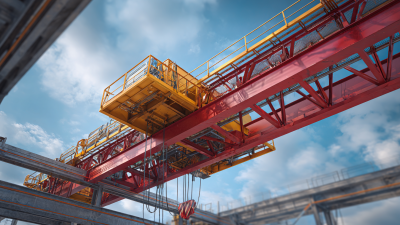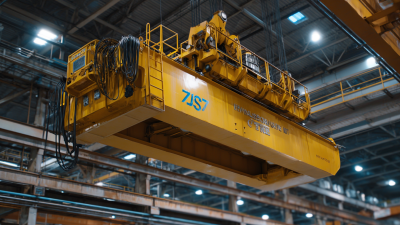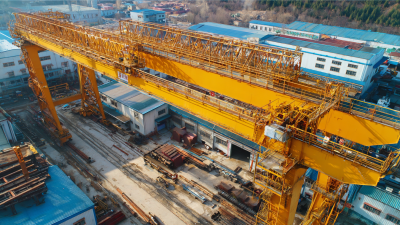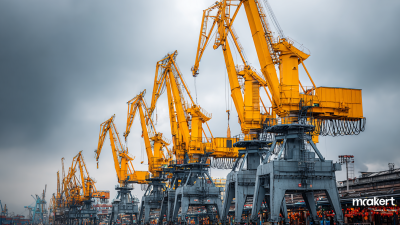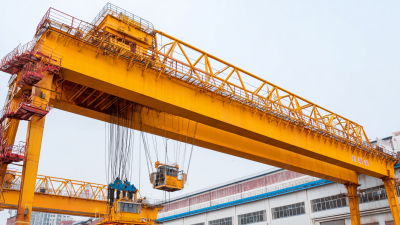Inquiry
Form loading...
-
Phone
-
Wechat

-
Whatsapp

In today's fast-paced industrial landscape, the selection of the right Overhead Crane is critical for enhancing operational efficiency and safety. According to a report by MarketsandMarkets, the global overhead crane market is projected to grow from $4.5 billion in 2021 to $6.1 billion by 2026, driven by increasing automation in manufacturing processes and the rising demand for material handling equipment across various sectors.
With diverse options available, businesses must consider several factors such as load capacity, span, and application requirements. A well-chosen Overhead Crane not only improves productivity but also reduces operational costs and enhances workplace safety by minimizing manual handling of heavy materials.

This guide aims to equip you with the essential knowledge to navigate the complexities of selecting the perfect Overhead Crane tailored to your business needs.
When selecting the perfect overhead crane for your business, it's essential to understand the various types available and their suitability for different industries. Overhead cranes come in several forms, including gantry cranes, bridge cranes, and workstation cranes, each designed to handle specific lifting tasks. For instance, gantry cranes are often used in outdoor applications where mobility and versatility are crucial, while bridge cranes are ideal for indoor environments and large warehouses, allowing for smooth movement across extensive areas. Understanding these differences can significantly influence your operational efficiency and safety standards.
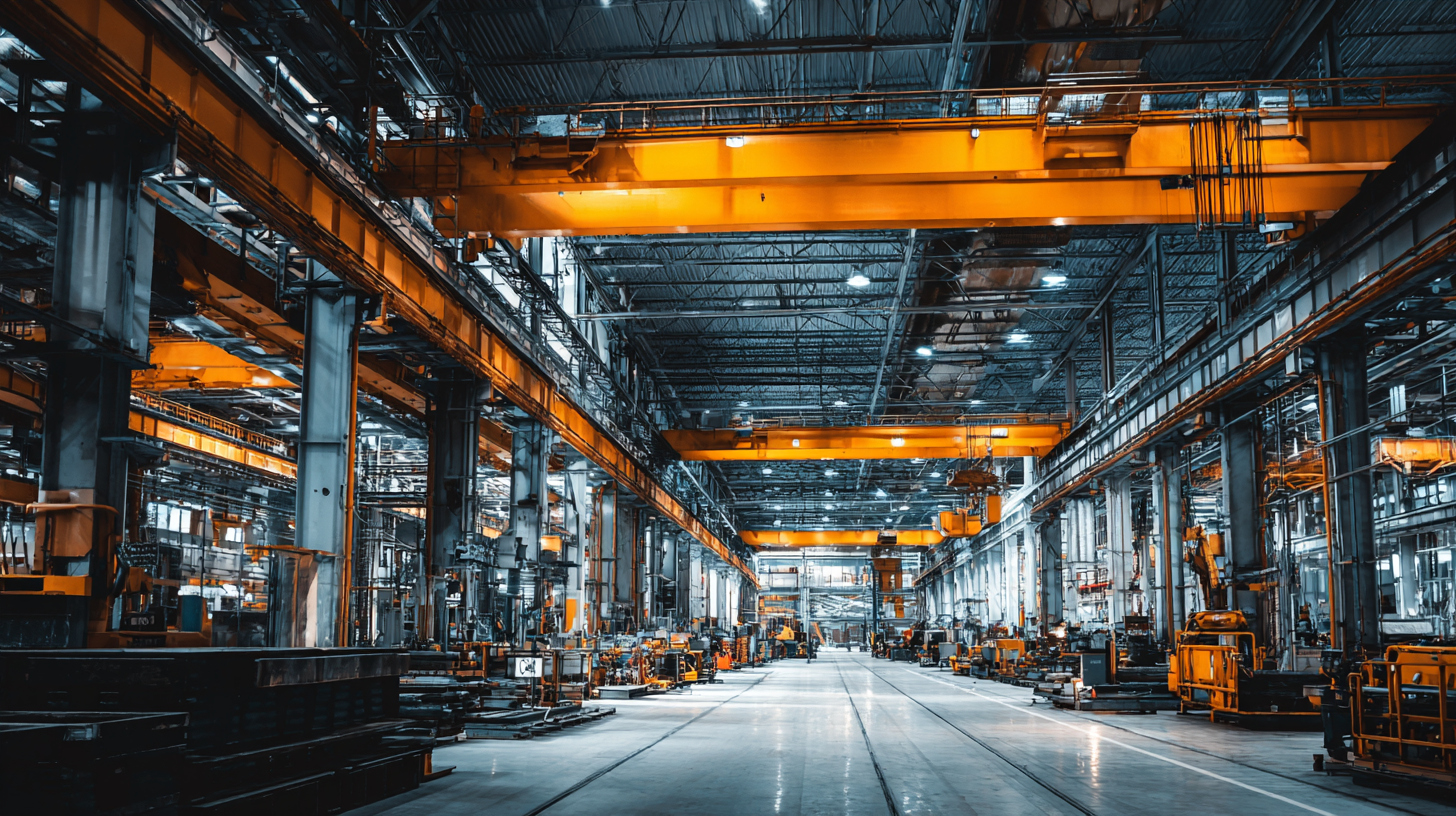
As industries evolve, there is an increase in the adoption of advanced overhead crane technologies to meet rising demands. Notably, the global overhead crane market is expected to grow substantially, with projections indicating a market size of $18.55 billion by 2033. This growth is fueled by innovations in crane design that enhance lifting capabilities and safety features. Additionally, the port crane sector is expected to experience a strong surge, anticipated to reach $23.07 billion by 2033, driven by the increasing volume of container transportation. These market trends highlight the importance of selecting the right type of overhead crane tailored to the specific needs of your industry to leverage these advancements fully.
When selecting the perfect overhead crane for your business, it is crucial to consider several key factors that will ultimately influence your operational efficiency and safety. First and foremost, understanding the load capacity is essential. Different industries have varying requirements, and ensuring that the crane can handle the specific weights and dimensions of your materials is vital. Overhead cranes come in various configurations, such as single and double girder systems, each offering distinct advantages depending on your operational needs.
Another critical factor is the environment in which the crane will operate. For instance, if the crane will be used outdoors or in harsh conditions, choosing a model built to withstand such elements is imperative. Moreover, assessing the available space for the crane’s movements and determining the optimal height and span will ensure seamless integration into existing workflows. Safety features, including limit switches and emergency stops, should also be prioritized to protect both workers and equipment. By focusing on these key considerations, businesses can make an informed decision and select an overhead crane that enhances productivity while maintaining the highest safety standards.
When selecting an overhead crane for your business, safety should be your top priority. Essential safety features can significantly reduce the risk of accidents and improve operational efficiency. One critical aspect to consider is the crane's load monitoring system. These systems provide real-time data on weight loads, ensuring that the crane is not overloaded, which can prevent mechanical failure and extend the lifespan of the equipment.
Another vital feature is the presence of emergency stop buttons, strategically located throughout the crane. These buttons should be easily accessible for operators in case of an emergency, allowing for immediate shutdowns to prevent potential injuries or damage. Additionally, look for cranes equipped with safety interlocks that prevent operation under unsafe conditions, such as improper positioning or lack of power supply. Understanding these safety enhancements will help ensure a secure working environment and protect your workforce while maximizing productivity.
This chart illustrates the importance of essential safety features in overhead cranes based on user feedback.
When budgeting for an overhead crane, understanding the total cost of ownership is crucial. Beyond the initial purchase price, consider additional expenses such as installation, maintenance, and training for operators. It’s recommended to allocate at least 10-20% of the crane's cost for these ongoing expenses.
Tips: Always seek multiple quotes from suppliers to ensure you’re getting the best deal. Don’t hesitate to negotiate on price and service terms. Additionally, factor in potential future requirements, such as load capacity adjustments or expansions, which may influence your choice now.
Another critical aspect is financing options. Many vendors offer leasing plans that can spread the cost over time, making it easier to manage cash flow. It’s wise to consult with a financial advisor to assess which financing method aligns best with your business’s financial health and long-term goals.
Tips: Look for grants or incentives offered by local governments for purchasing industrial equipment. These can significantly reduce your initial financial burden. Always read the fine print of any financing agreements to avoid unexpected costs later on.
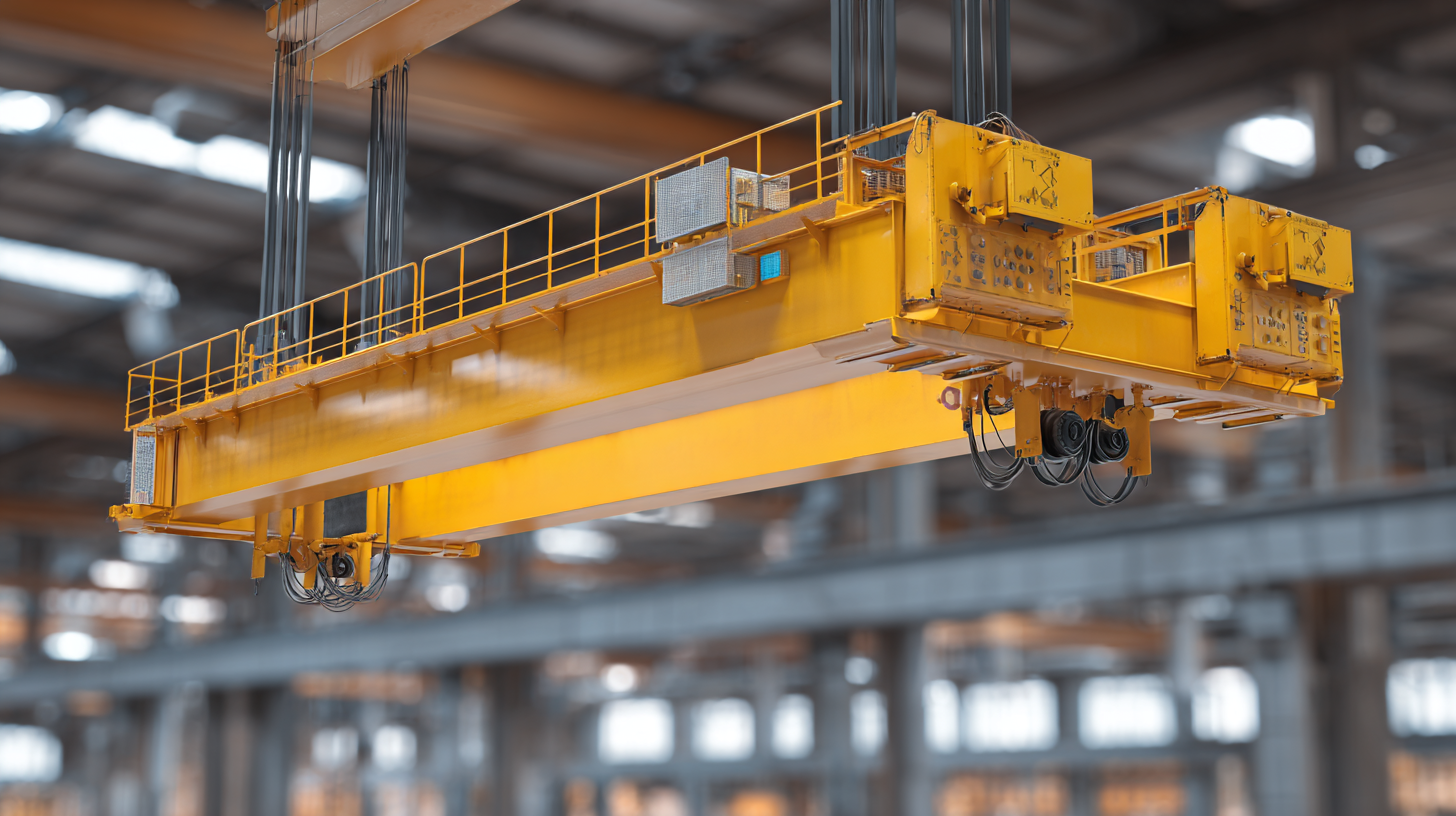
When it comes to ensuring the longevity of your overhead crane, implementing maintenance best practices is essential. Regular inspections are vital to identify potential issues before they escalate into costly repairs. Schedule routine checks to assess the condition of the crane's structural components, hoisting mechanism, and welding joints. Keeping a detailed log of inspections can help track wear and tear, allowing for proactive maintenance.
Lubrication is another key element in extending the life of your overhead crane. Ensure that all moving parts are adequately lubricated to reduce friction and prevent premature wear. Use the manufacturer’s recommended lubricant types and frequencies, as this will optimize performance and reliability. Additionally, encourage operators to familiarize themselves with the crane's operational limits to avoid overstressing the equipment, which can lead to mechanical failures and safety hazards. By committing to these maintenance practices, businesses can maximize the efficiency and lifespan of their overhead cranes.
| Dimension | Description | Recommended Maintenance Frequency | Best Practice |
|---|---|---|---|
| Load Capacity | The maximum weight the crane can lift safely. | Daily Inspection | Ensure load limit is clearly marked and never exceeded. |
| Span | Distance between the legs of the crane; affects coverage area. | Annually | Regularly check for any obstructions in the span. |
| Lift Height | The maximum height to which the crane can lift a load. | Monthly | Test lift height to ensure operational safety. |
| Drive Type | Mechanical or electric drive systems that power the crane. | Bi-Annually | Regularly lubricate drive mechanisms. |
| Safety Features | Includes emergency stops, limit switches, and anti-collision systems. | Monthly | Test safety features regularly to ensure functionality. |
